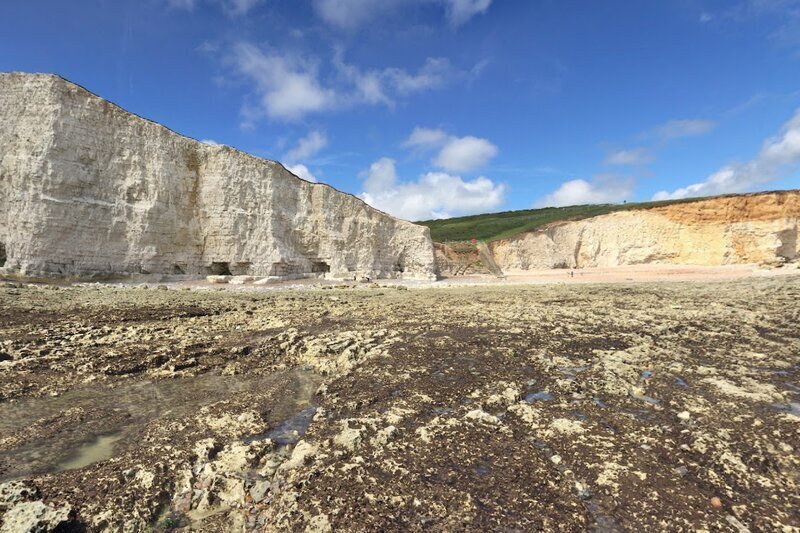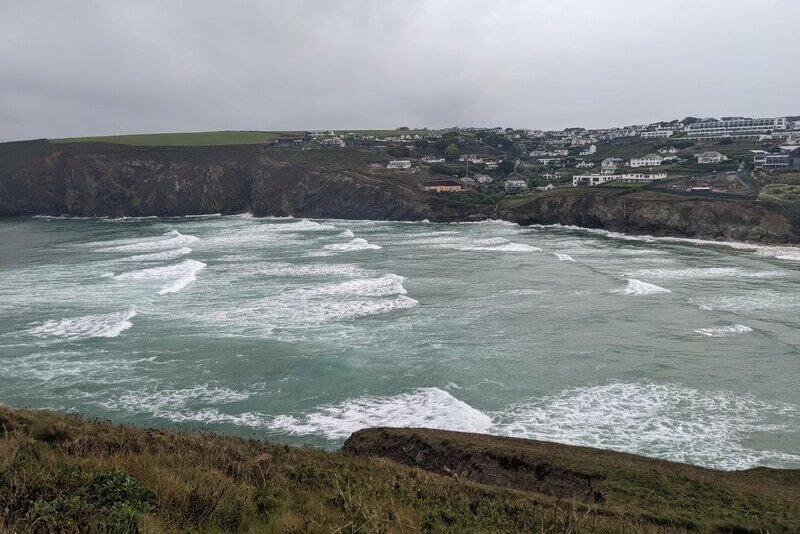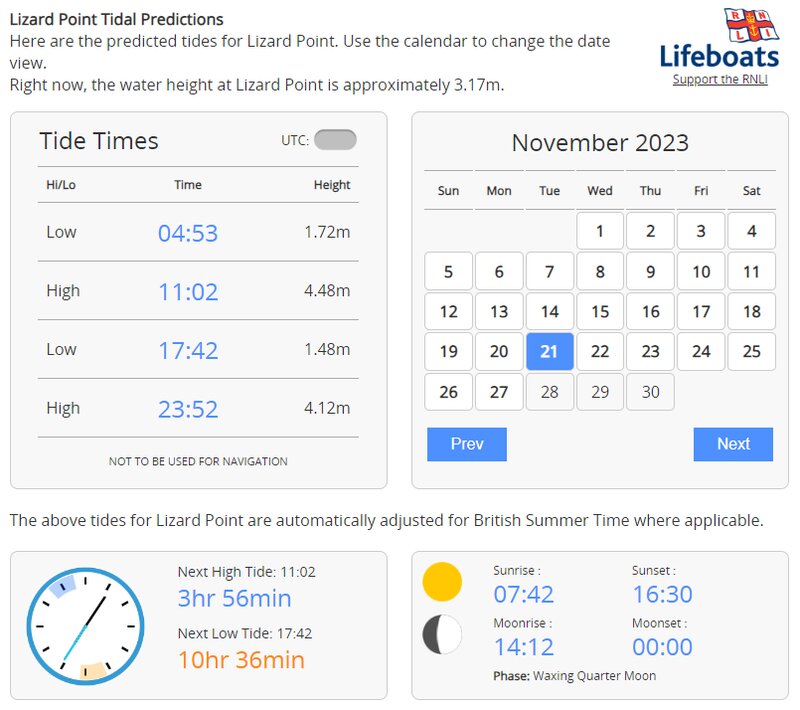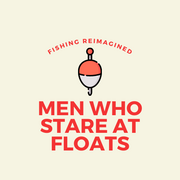One of our top sea fishing tips is to understand the tide. For the majority of shore fishing marks and fish, the tide plays a key role in the success of each session. Without at least a basic understanding of watercraft and – in particular – how the ebb and flood of a tide affects the water around you, your saltwater angling will always have a glass ceiling.
Here we’ve broken down how the tide affects specific fishing marks, certain species of fish, what the best tides are for sea fishing and how you can take advantage of them. Ultimately you’ll never catch a fish unless you have a rod in the water, but we want to ensure we’re making the best use of time when out there.
So understand the tide, pick a day with some likely-looking weather conditions for fishing and find a shore fishing mark(s) to give yourself the best chance.
What’s on this page?
Does the tide matter when sea fishing?
Yes, the tide does matter when sea fishing. Fundamentally your understanding of the tide can make or break a session. Whilst there are some general rules to be aware of (the majority of marks tend to fish best for a couple of hours on either side of high), you need to understand how specific marks fish at different times of the day and what role the tide plays in productivity.
Typically marks with a lot of underwater structure and features exposed at low tide will fish better at high tide, or at least when the tide is flooding. Whilst the inverse isn’t necessarily true, a flooding tide encourages fish to come in closer to the shore. If we take as read that all animals (including fish) will try to minimise energy expenditure whilst maximising their chance of food, then the flooding tide will draw fish into shore to find food, returning on the ebbing tide.

You may be sitting there thinking, ‘Well, obviously,’ or ‘Tell me something I don’t know.’ But it’s important to understand why the tide causes fish to hunt in the shallows. Gullies, rock pools and underwater structure exposed at low tide can be a home for peeler crabs. While rocks in very shallow water are a safer place for smaller bait fish to grow. Any beach where the high tide opens up opportunities for predatory fish like bass means fishing will be reliant on the tide.
What causes the tide?
The tide is caused by lunar days, the full lunar day-night cycle, which is how long it takes for the Earth to make one complete rotation and end up at the same point in relation to the moon.
Tides are primarily caused by the gravitational forces exerted on the earth by the moon, and to a lesser extent, the sun. High tides are caused when the crest of the wave reaches a coast. When the trough of the wave reaches the coast, the coast experiences a low tide. As the earth rotates, different areas of the planet face the moon, which causes the tidal cycle to move around the planet.
This entire process takes 24 hours and 50 minutes to complete, as the moon rotates around the earth in the same direction it is spinning, taking the earth an additional 50 minutes to ‘catch up.’ As such
What types of tides are there?
It may surprise you to know that there are many more tides than the traditional high and low. The ones we should be concerned about from a fishing perspective are;
High tide
High tide is the time when the sea or river reaches its highest level and comes furthest up the beach or the bank. A couple of hours on either side of high tide tends to be the best time to look for fish at most marks and is almost always a good starting point.
Low tide
Low tide is the time when the sea or river reaches its lowest point and exposes the majority of the shore. Low tide is the best time to scope out any potential mark and to get to grips with the underwater topography and likely-looking marks.
Spring tide
Spring tides happen just after every full and new moon when the sun, moon and earth align. The alignment of these entities means that lunar and solar tides line up and strengthen each other, creating a greater total tide and larger volume of water.

Neap tide
A neap tide is a moderate tide that occurs when the moon is in the first or third quarter seven days after a spring tide and the sun and moon are at right angles to each other.
Slack tide
A slack tide is the period of time between a flooding tide and an ebbing tide where the water is not being pulled either to or from the shore. In these scenarios, the water is classified as ‘unstressed.’
From personal experience, slack tides tend to be incredibly unproductive for fishing. This 5-15 minute period tends to stop the flurry of feeding associated with some flooding or ebbing tides. It doesn’t mean the fish have stopped feeding and it is always worth fishing for at least 15 minutes after the tides have turned.
What are the best tides for fishing?
Typically the majority of marks tend to fish best for a couple of hours on either side of high tide. For the majority of marks, this covers almost all eventualities, with peak fishing time usually an hour or so before high tide. When the tide changes and begins to go out, the fish’s behaviour can completely change and they become more concerned with self-preservation or just getting out.
The best tides for fishing completely depend on the location. Some locations will only fish well at high tide either because the beach is too shallow to fish until high tide or the fish are trying to conserve energy, so wait until the tide is at just the right level before coming in.
Lots of predatory fish follow patterns of behaviour. They establish marks that tend to be prosperous at certain times and return there each day. This is why having a map of marks and times is so useful.
How do I know whether a location fishes better at high or low tide?
Shallower marks with rocky ground and a prevalence of bait become covered when the water comes in, making them more productive at high tide. Deeper marks with limited structure may be less influenced by the tide and may require a little more local knowledge around the when and the why. Ultimately you won’t know until you try the mark out, so check the tide times, check the fishing spot out at low tide and make a note of things.
Where can I find the tide times for the UK?
We use Tide Times as our source of all tide-related knowledge. But there are a number of other completely fine options including;

Tide and fishing times example
To provide some context let’s take Mawgan Porth as an example. The beach at Mawgan Porth is a renowned surfing beach and has a huge tidal flow. The beach itself is completely uncovered at low tide and stretches for a couple of hundred metres. More on occasion.

The eastern flank of the beach has a few lines of rocks and rock pools that straddle the beach and – like the rocky formations to the centre of the beach – are laid bare at low tide. In scoping this beach out at low tide, it should be immediately obvious to even the least savvy of fishermen that this beach will fish better at high tide.
But when the tide is high, you need to know where to start as you will probably only have a short window to fish in. Maybe 30 minutes on either side of high tide. So you need to make sure you know where fish are likely to be (check the rocky outcrops) and where they aren’t to maximise your fishing time.
FAQs
Is it best to fish at high or low tide?
Typically it is better to fish around high tide, but this completely depends on the mark you are fishing, the type of fish you are targeting and the time of year you’re fishing. Marks with structure exposed at low tide will typically fish better at high and marks that look uncovered and featureless stand a good chance of fishing better at lower tide.
What tide is best for lure fishing?
Typically the flooding tide around two hours before high tends to be the best tide to fish. But every mark is completely different and needs to be researched and tested for you to understand what tide will work best. As long as you have a rod in the water, you stand a chance.
What is the best time to fish?
Typically we find the best time to fish at dawn or dusk when the light is low, the tide is flooding, around two hours before high tide and in overcast conditions. Tide-wise, fish will take the route that demands the minimal amount of energy expended for a chance of food. So they will ride the tide in and out.
Is it worth fishing at low tide?
There are some marks where you will never stand a chance of catching a fish when the tide is low. Particularly is the ebbing tide creates conditions where the mark is too shallow to fish effectively.
However, fish can be caught at any time and whilst certain marks will fish much better at high or low tide, the majority of marks can throw up fish when you least expect it. So spend low tide scoping the mark out to find the most likely spots and get started.
How frequent are tides?
Coastal areas experience two low tides and two high tides every lunar day, or 24 hours and 50 minutes. The entire lunar day process takes 24 hours and 50 minutes to complete, as the moon rotates around the earth in the same direction it is spinning, taking the earth an additional 50 minutes to ‘catch-up.’
Tags: Tides
Hi, I'm Harry. A keen, albeit exceedingly average fisherman. I've spent the last few years trawling London's waterways with - if I'm being kind - varied success and would love to help you avoid the mistakes I have made.





